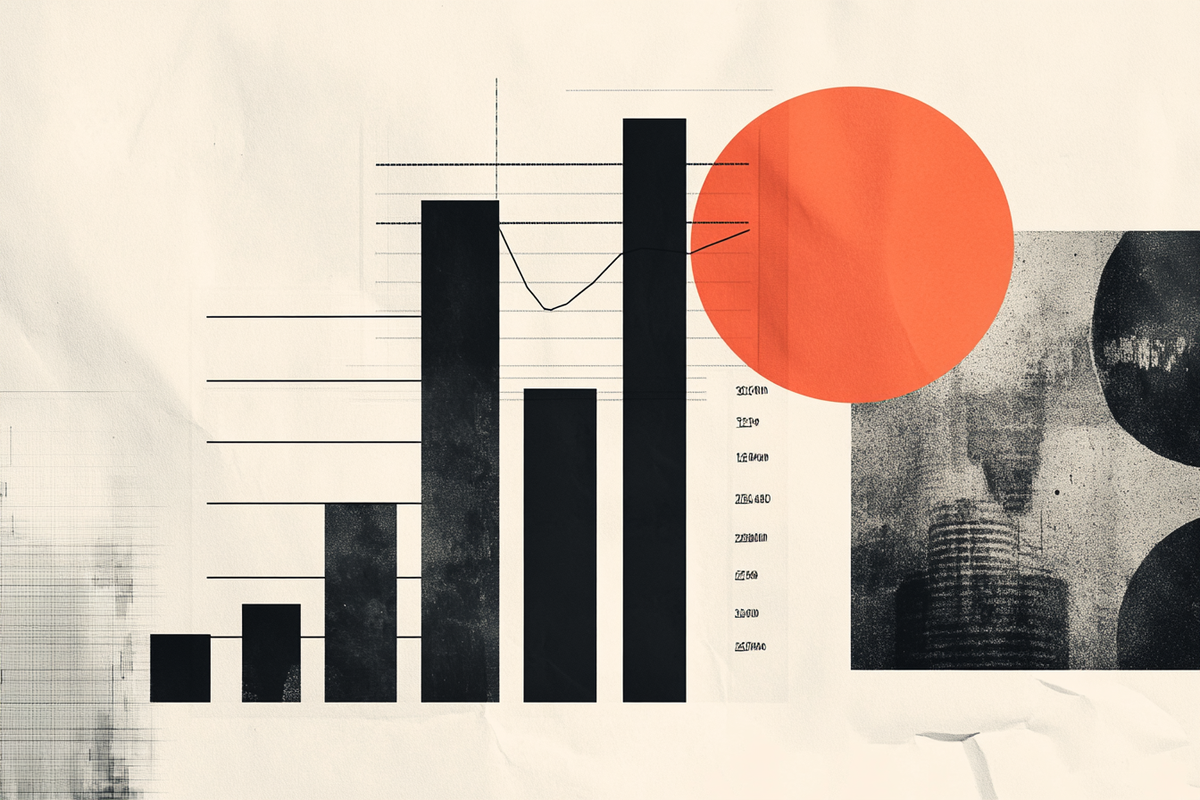Canada real GDP grows 2.2% in first quarter vs. 1.7% expected
- Canada's economy grew at an annual rate of 2.2% in Q1.
- USD/CAD trades marginally lower on the day below 1.3800.

Canada's real Gross Domestic Product (GDP) grew by 0.5% on a quarterly basis in the first quarter, Statistics Canada reported on Friday. This reading matched the 0.5% expansion recorded in the last quarter of 2024.
The real GDP expanded at an annual rate of 2.2% in the first quarter, surpassing analysts' estimate for a 1.7% growth.
"Total exports rose 1.6% in the first quarter of 2025 after increasing 1.7% in the fourth quarter of 2024," the press release read. "In the context of looming tariffs from the United States, exports of passenger vehicles (+16.7%) and industrial machinery, equipment and parts (+12.0%) drove the overall increase in exports in the first quarter of 2025."
Market reaction
USD/CAD edges slightly lower following this report and was last seen losing 0.15% on the day at 1.3788.
GDP FAQs
A country’s Gross Domestic Product (GDP) measures the rate of growth of its economy over a given period of time, usually a quarter. The most reliable figures are those that compare GDP to the previous quarter e.g Q2 of 2023 vs Q1 of 2023, or to the same period in the previous year, e.g Q2 of 2023 vs Q2 of 2022. Annualized quarterly GDP figures extrapolate the growth rate of the quarter as if it were constant for the rest of the year. These can be misleading, however, if temporary shocks impact growth in one quarter but are unlikely to last all year – such as happened in the first quarter of 2020 at the outbreak of the covid pandemic, when growth plummeted.
A higher GDP result is generally positive for a nation’s currency as it reflects a growing economy, which is more likely to produce goods and services that can be exported, as well as attracting higher foreign investment. By the same token, when GDP falls it is usually negative for the currency. When an economy grows people tend to spend more, which leads to inflation. The country’s central bank then has to put up interest rates to combat the inflation with the side effect of attracting more capital inflows from global investors, thus helping the local currency appreciate.
When an economy grows and GDP is rising, people tend to spend more which leads to inflation. The country’s central bank then has to put up interest rates to combat the inflation. Higher interest rates are negative for Gold because they increase the opportunity-cost of holding Gold versus placing the money in a cash deposit account. Therefore, a higher GDP growth rate is usually a bearish factor for Gold price.
Author

Eren Sengezer
FXStreet
As an economist at heart, Eren Sengezer specializes in the assessment of the short-term and long-term impacts of macroeconomic data, central bank policies and political developments on financial assets.

















